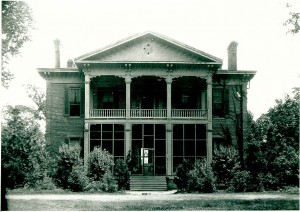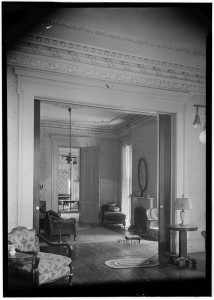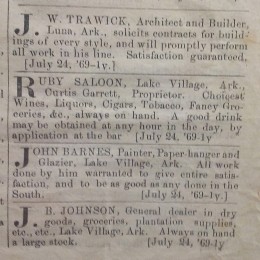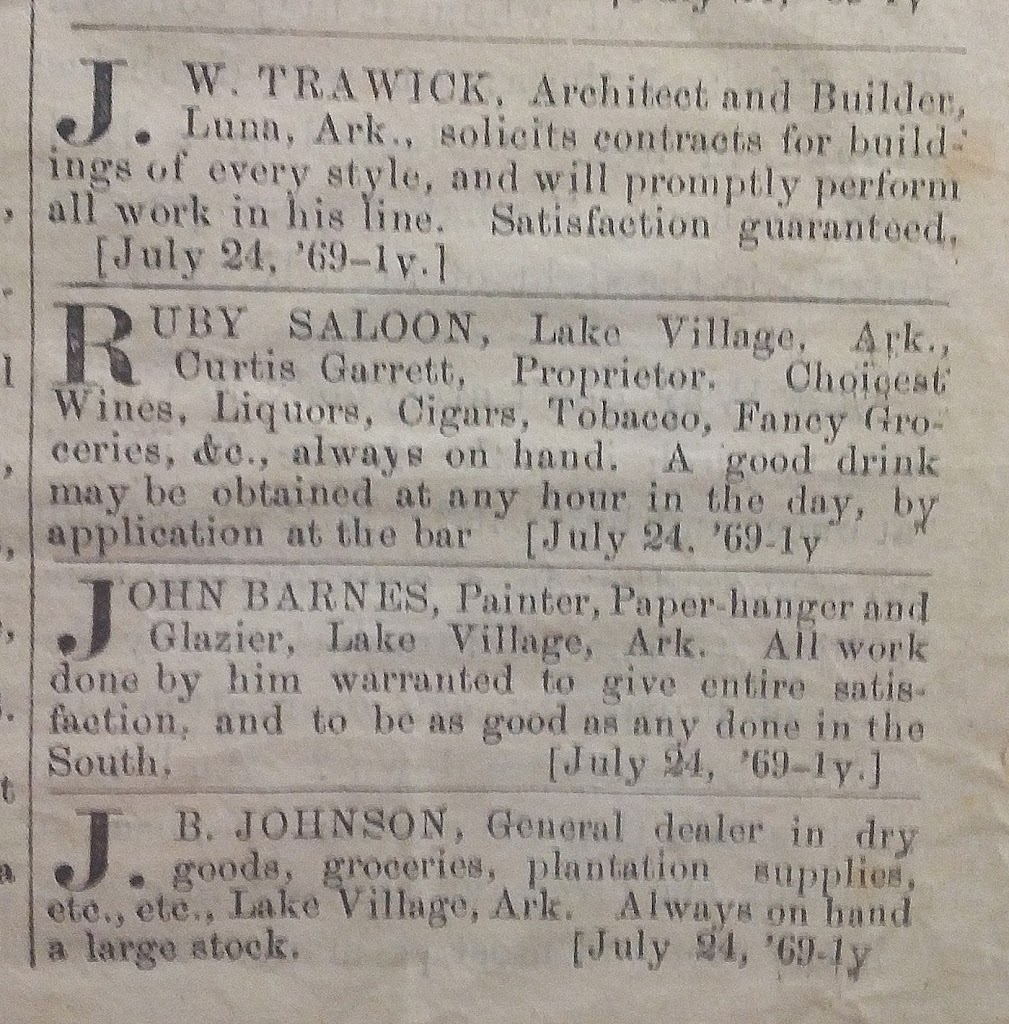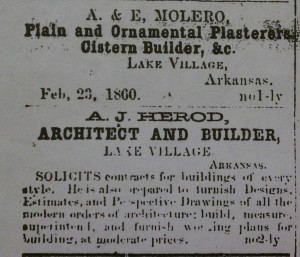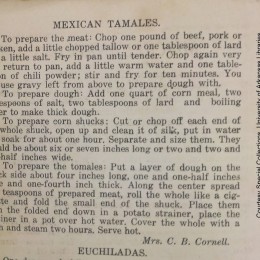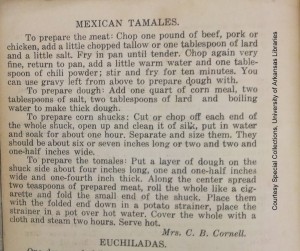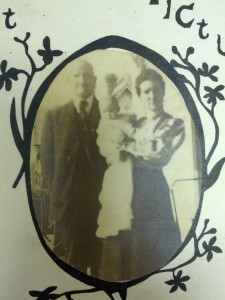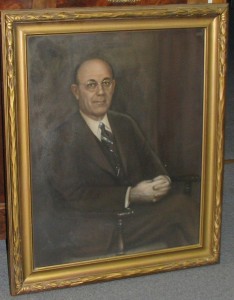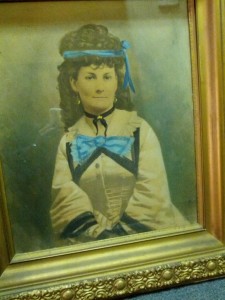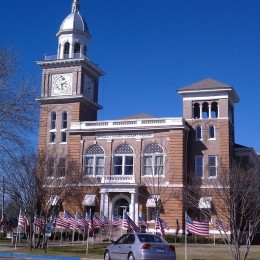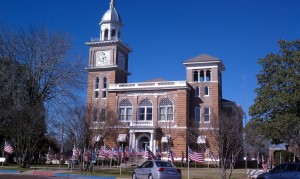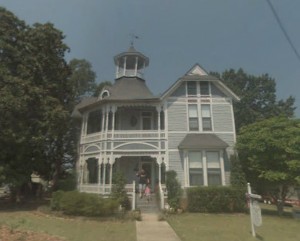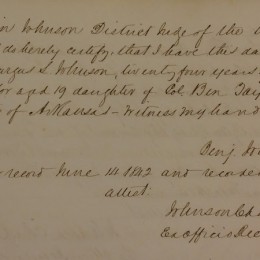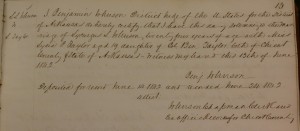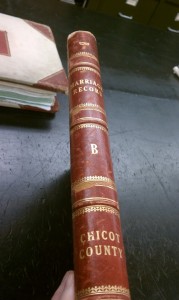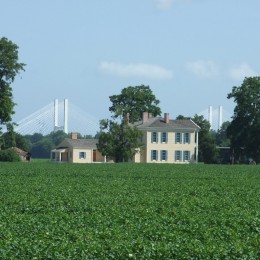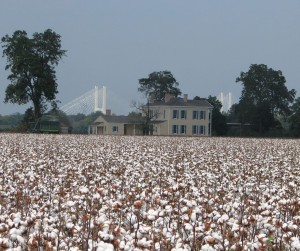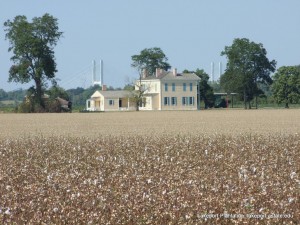Lakeport Legacies · The Life and Wives of James Worthington Mason
The Life and Wives of James Worthington Mason
presented by
Dr. Blake Wintory (Lakeport Plantation)
Thursday, April 28
Refreshments & Conversation @ 5:30 pm
Program @ 6:00 pm
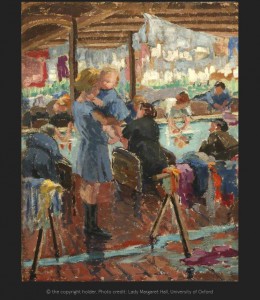
The Baths by Josephine Mason (1872-1952), daughter of James W. Mason. Courtesy of Lady Margaret Hall, University of Oxford.
James Worthington Mason (1841-1874), a former slave turned Reconstruction politician, emerged as Chicot County’s “political boss” in the 1870s. Few, if any, Chicot County slaves had the advantages of Mason in the antebellum era: the son of the county’s wealthiest planter, Elisha Worthington, he and his sister were educated in the North and James continued his studies in France. While historians are aware of Mason’s important political career, little has been made of his personal life. The wives he chose and what became of his two daughters is a fascinating window into four African American women’s lives. Emerging from slavery and freedom, their lives extended to Lincoln’s White House, the American West, Liberia, Paris and London.
Please RSVP to this FREE Event
870.265.6031



